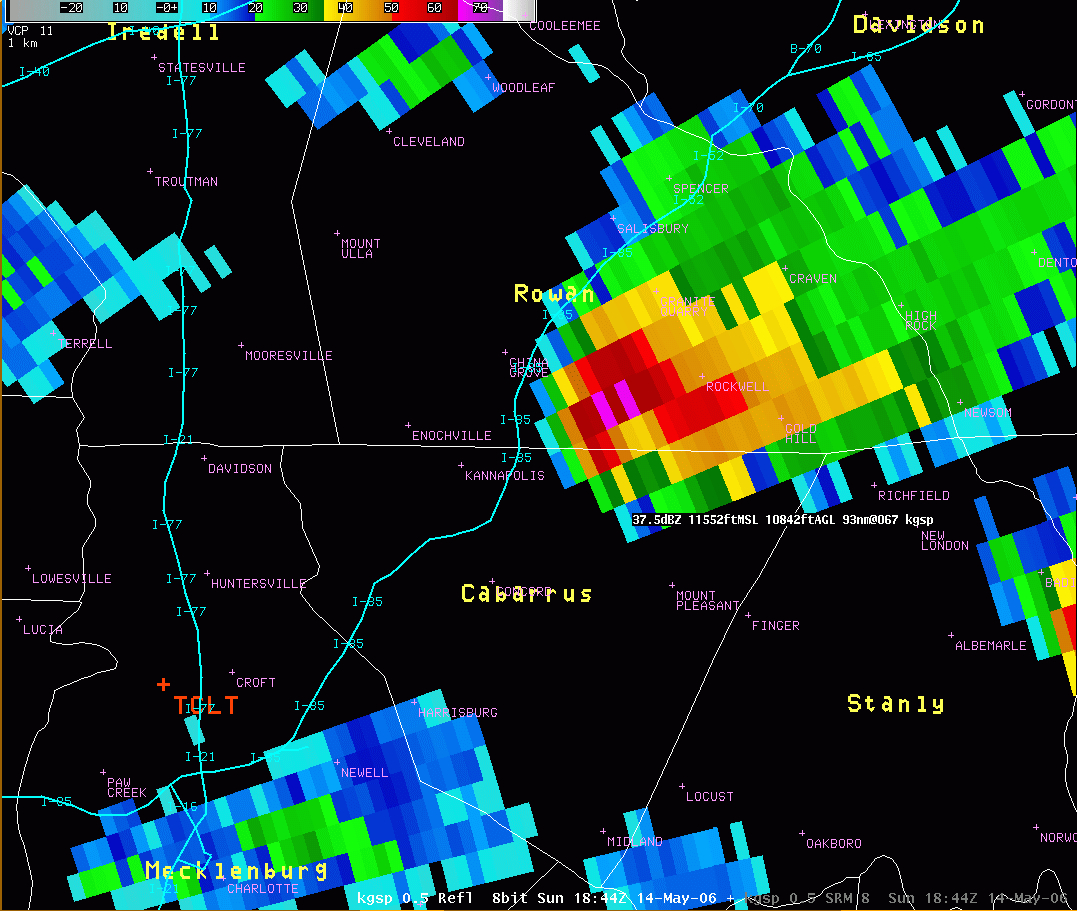

Your input will greatly assist others in teaching the "hows" and "whys" of weather. We welcome your feedback on this project.
#TERN US DOPPLER RADAR FREE#
You are free to use the materials in any manner you wish. Interspersed in JetStream are "Learning Lessons" which can be used to enhance the educational experience. The information contained in JetStream is arranged by subject, beginning with global and large-scale weather patterns followed by lessons on air masses, wind patterns, cloud formations, thunderstorms, lightning, hail, damaging winds, tornados, tropical storms, cyclones, and flooding. Credit: Jeff Schmaltz, Moderate Resolution Imaging Spectroradiometer (MODIS) Land Rapid Response Team, National Aeronautics and Space Administration (NASA), Goddard Space Flight Center (GSFC). High resolution version of this NASA image: select link to enlarge image (~2 mb). As the winds are diverted around the high areas, turbulence is created, and the disturbance in the flow continues downstream in the form of rows of vortices that alternate their direction of rotation. In this case, driving wind rushes past the tall peaks on the rugged Canary Islands. Preparedness and Mitigation: Individuals (You!).Preparedness and Mitigation: Communities.The Positive and Negative Side of Lightning.Since hail can cause the rainfall estimates to be higher than what is actually occurring, steps are taken to prevent these high dBZ values from being converted to rainfall. Hail is a good reflector of energy and will return very high dBZ values. These values are estimates of the rainfall per hour, updated each volume scan, with rainfall accumulated over time. Depending on the type of weather occurring and the area of the U.S., forecasters use a set of rainrates which are associated to the dBZ values. The Climate Prediction Center announced Thursday that El Niño conditions were present and expected to grow stronger in the coming months. The higher the dBZ, the stronger the rainrate. Typically, light rain is occurring when the dBZ value reaches 20. The scale of dBZ values is also related to the intensity of rainfall. The value of the dBZ depends upon the mode the radar is in at the time the image was created.

Notice the color on each scale remains the same in both operational modes, only the values change. The other scale (near left) represents dBZ values when the radar is in precipitation mode (dBZ values from 5 to 75). One scale (far left) represents dBZ values when the radar is in clear air mode (dBZ values from -28 to +28). Each reflectivity image you see includes one of two color scales. Additionally, simulated radar is derived from numerical models, and the output may differ from human-derived forecasts. Based on those field observations and research into other storm events since then, computer programs (algorithms) to detect harmful features in storms were developed - and continue to be developed and modified today. The dBZ values increase as the strength of the signal returned to the radar increases. Note: Radar products are designed for optimal performance on modern desktop and mobile browsers, such as Firefox and Chrome. So, a more convenient number for calculations and comparison, a decibel (or logarithmic) scale (dBZ), is used. Reflectivity (designated by the letter Z) covers a wide range of signals (from very weak to very strong). "Reflectivity" is the amount of transmitted power returned to the radar receiver. Unlike regular 'zone forecasts' issued by a local National Weather Service office, the climatological outlooks provide probability forecasts for both temperature and precipitation, divided into tercile groups: below normal, near normal, and above normal. The colors are the different echo intensities (reflectivity) measured in dBZ (decibels of Z) during each elevation scan. These include 8-14 day outlooks, monthly outlooks, and seasonal outlooks.


 0 kommentar(er)
0 kommentar(er)
